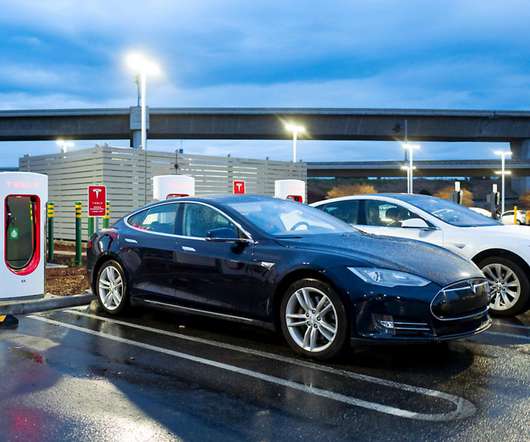AT&T to Deploy More Than 15,000 Alternative-Fuel Vehicles in Fleet Over Next 10 Years
Green Car Congress
MARCH 11, 2009
AT&T plans to invest up to $565 million as part of a long-term strategy to deploy more than 15,000 alternative-fuel vehicles over the next 10 years. The new deployments will bring AT&T’s alternative-fuel fleet to more than 15,000 vehicles by 2019. Randall Stephenson, chairman and CEO of AT&T.














Let's personalize your content